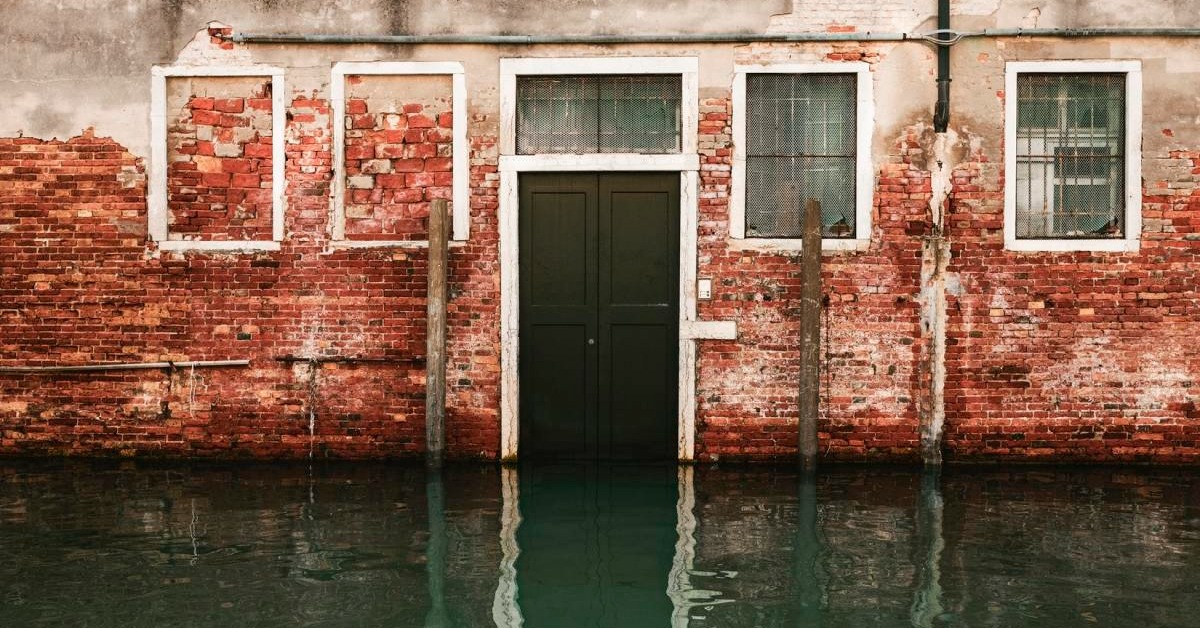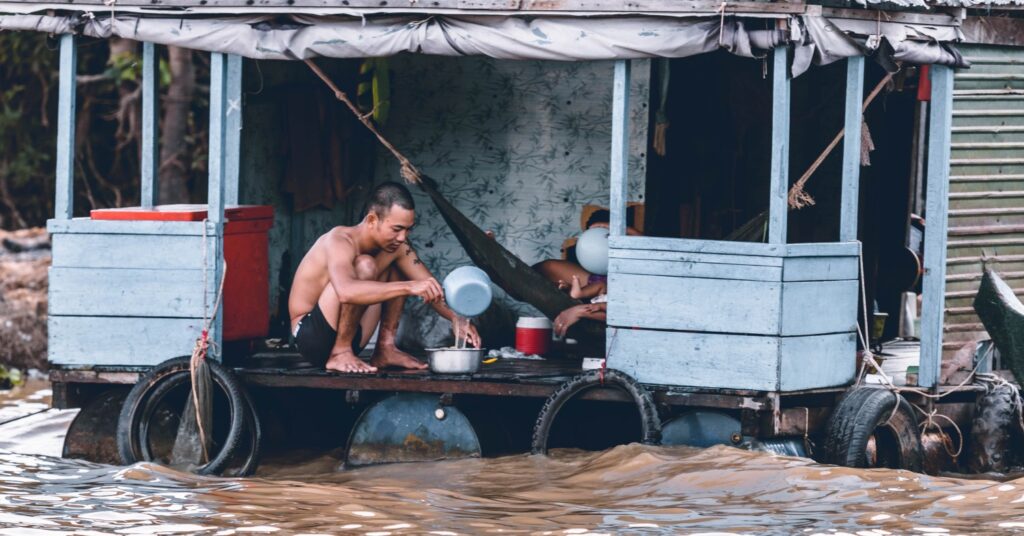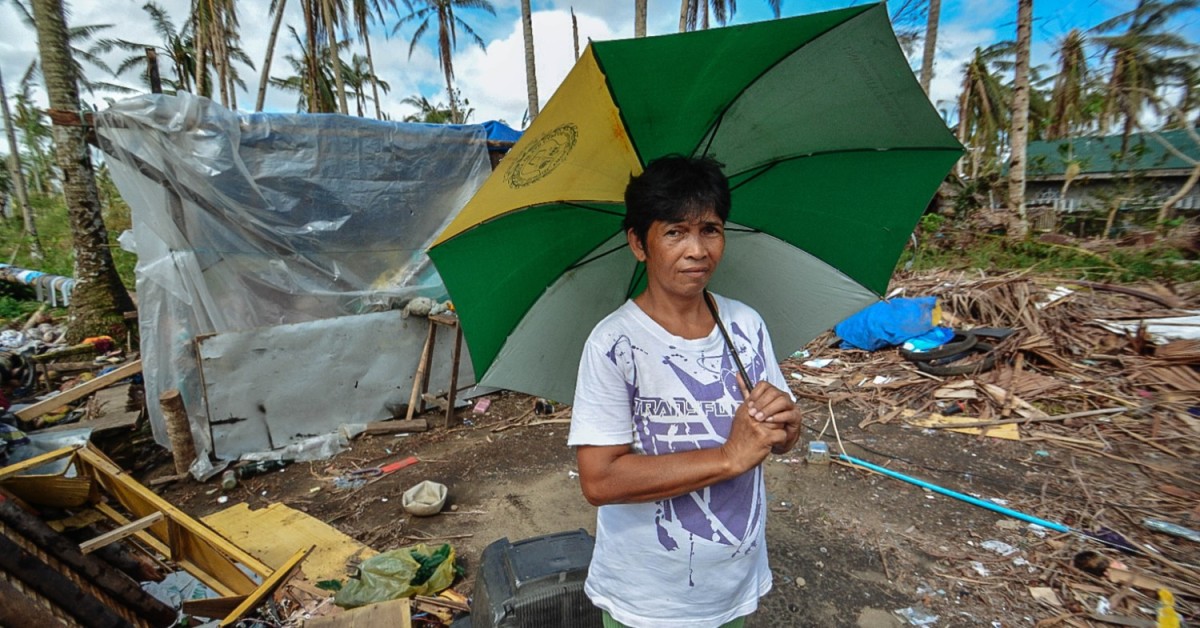
Working In Trauma and Disaster Mental Health With An MSW
Social work plays a critical role in trauma and disaster [...]

The damage caused by natural disasters can impact individuals and communities for months and even years, disrupting their livelihoods as well as their mental and physical health. To mitigate these harms, cities and countries worldwide are finding ways to implement proactive disaster preparedness in addition to reactive disaster response.
Cities can build resilience by adapting, growing, and transforming. These forms of city resilience planning enable cities to reduce and sometimes even avoid harm.This article explores how by discussing:
Before we discuss city resilience strategies, let’s first define resilience. According to the American Psychological Association, resilience is “the process and outcome of successfully adapting to difficult or challenging life experiences.” It includes adjusting mentally, emotionally, and behaviorally to life-altering changes.
Natural disasters such as hurricanes, earthquakes, tornadoes, and flash floods, can uproot individuals and communities, affecting their mental and emotional well-being. Likewise, human-influenced 21st century calamities like the September 11 attacks, increased mass shootings, the global pandemic, extreme weather, and cyberattacks can cause acute or post-traumatic stress symptoms for those directly and indirectly affected.
City resilience, also known as urban resilience, is how a city’s businesses, communities, and individuals can survive, adapt, and evolve regardless of the magnitude of the harmful event or experience. Successful community resilience strategies respond to phenomena like climate change through collaborative and inclusive efforts.
| University and Program Name | Learn More |
|
Virginia Commonwealth University:
Online Master of Social Work
|
Disaster resilience, the parent discipline of city resilience planning, is a multidisciplinary field that combines humanitarian assistance and disaster mitigation. Trained social workers or mental health practitioners specializing in disaster relief also aim to address the racial disparities and social inequities faced by vulnerable populations and marginalized communities following a disaster.
Resilience efforts must incorporate strategies for all communities without any exclusions or biases. Such efforts start with the four core elements of disaster resilience:
City resilience planning processes vary by location, population density, and the political inclinations of residents. Most involve organized approaches to urban development, sustainability, damage mitigation, and disaster risk management.
In 2017, the World Bank and the Global Facility for Disaster Reduction and Recovery (GFDRR) developed the City Resilience Program (CRP), a partnership to increase financing for urban resilience. This initiative rests on three pillars: effective planning, financial backing, and leveraging global partnerships.
Additionally, the Rockefeller Foundation and the Arup International Development developed a city resilience framework structured around four categories and 12 goals:
The 21st century has brought (and continues to bring) its share of natural and human-caused disasters, driving cities and communities to build resilience. New Orleans’ response to Hurricane Katrina represents a success story in building urban resilience. Pre-Katrina, New Orleans suffered from a weakening labor force, widespread poverty, and inadequate health care systems. The direct aftermath of Hurricane Katrina further magnified the challenges and disparities, resulting in the development of the Bring New Orleans Back Commission. This initial city plan faced backlash and scrutiny as its proposed “green dot map” would have displaced some residents living in poor residential areas.
Shortly after, the Louisiana governor established the Louisiana Recovery Authority (LRA) and secured financial backing from The Rockefeller Foundation and the Greater New Orleans Foundation (GNOF) to create a long-term resilience plan that included diverse perspectives from the local community. This process, now known as the Unified New Orleans Plan (UNOP), helped align the vision of siloed groups, decision-makers, and voices from the community under one unified and collaborative plan. As a result, other urban areas, including New York City, created similar resilience plans in response to Superstorm Sandy in 2012.
The Association of Bay Area Governments (ABAG) Resilience Plan is another pioneer in building resilience in response to climate change and hazards such as earthquakes, heat waves, and sea level rise. The ABAG created the Earthquake and Hazards Program in the 1970s to address disaster mitigation and recovery planning. In 2014, the Earthquake and Hazards Program became the Resilience Program to address affordable housing, social equity, and economic development.
Common denominators in effective resilience plans include investments in infrastructure, urban planning and development, safety, community cohesion, preparedness, and economic diversification.
Weather disasters in the United States have cost more than $1.6 trillion in damage since 1980. Resilience plans consitute critical components to help recover and rebuild following a natural hazard. City or disaster resilience strategies should include reactive and proactive measures, incorporating preparedness and risk reduction strategies to help save lives and money. There are four phases of disaster management:
Disaster risk reduction works in tandem with disaster preparedness, which then informs response and recovery methods. These methods include developing proper infrastructure, early warning systems, and improved and equitable disaster response. In addition, educating communities about their role in climate change adaptation, such as reducing their carbon footprint and emissions and embracing renewable energy, offers a collaborative approach to help mitigate risk. The International Federation of Red Cross and Red Crescent Societies (IFRC) provides a knowledge resource hub of valuable information and case studies to help city resilience planners deploy appropriate disaster preparedness strategies.
The career path to disaster resilience begins with a passion for helping others. Social workers play a significant role in impacting the lives of individuals, families, groups, and communities through crisis intervention, resource referrals, therapeutic counseling, and much more.
The physical destruction of natural disasters is visible, but the collective trauma that can lead to mental health concerns is not always so evident. A specialization in disaster resilience can help social workers prepare to redress the human costs of disasters. Tulane University’s School of Social Work provides a Disaster and Collective Trauma Certificate option to pair with its Master of Social Work (MSW). Tulane also provides a Master of Science in Disaster Resilience Leadership, the first program of its kind to focus on city resilience and disaster relief.
If you’re looking to make an impact through disaster resilience and humanitarian aid, careers in emergency preparedness, disaster management, risk mitigation, and disaster recovery offer opportunities to make lasting changes. Natural disasters, unfortunately, aren’t going away. For that reason, professionals who build resilience in disaster-stricken areas and vulnerable communities will continue to play an integral part in making the world a better place. City resilience planning will always reserve a critical role for social workers in its mitigation and remediation efforts.
(Last Updated on February 26, 2024)
Questions or feedback? Email editor@noodle.com

Social work plays a critical role in trauma and disaster [...]

Social work leaders oversee organizations and work in advocacy roles [...]

Social work includes healthcare and health policy services. That's where [...]

You'll find disaster response social work jobs with a number [...]

Earning a master's degree in homeland security can qualify you [...]
Categorized as: Emergency Management, Social Work, Social Work & Counseling & Psychology